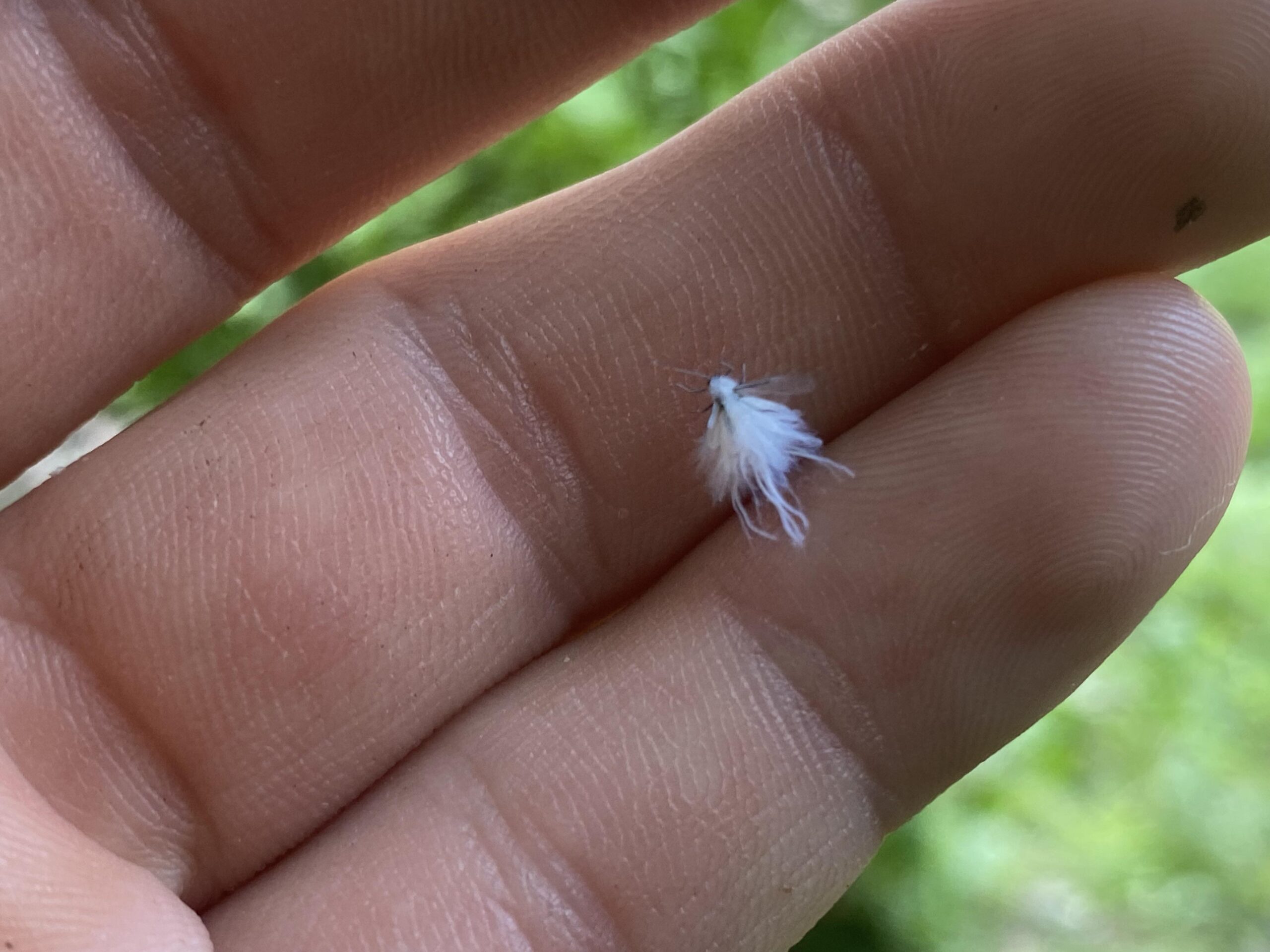
In the midst of tending to your garden, you may encounter tiny white pests resembling flecks of lint. While seemingly innocuous, these little insects can wreak havoc on your plants if left unchecked. Let’s delve into the world of these tiny pests, their characteristics, and effective management strategies.
I. Introduction
A. Intriguing Encounters in the Garden Amidst the verdant foliage and colorful blooms of your garden, you may notice the presence of tiny white bugs resembling bits of lint, intriguing and puzzling gardeners alike.
B. Identification of Tiny White Bugs Identifying these minuscule pests is crucial for implementing appropriate control measures and protecting your plants from potential damage.
C. Overview of Common Species Several species of tiny white bugs may infest garden plants, each with its own distinctive characteristics and behaviors.
II. Characteristics of Little White Bugs
A. Physical Appearance
- Size and Shape: Little white bugs typically measure a few millimeters in length and may appear oval or elongated in shape.
- Coloration and Texture: These pests often have a white or pale coloration, with a soft, fuzzy texture reminiscent of cotton or wool.
- Wing Structure (if applicable): Some species may possess delicate wings, which they may or may not use for flight depending on environmental conditions.
B. Behavior and Habitat
- Feeding Habits: Little white bugs are sap-sucking insects, piercing plant tissues with their mouthparts to extract nutrients and moisture.
- Preferred Environments: These pests thrive in warm, humid environments and are commonly found on the undersides of leaves, along stems, and in leaf axils.
- Reproductive Cycle: Little white bugs reproduce rapidly, with females laying eggs in protected crevices or beneath waxy secretions on plant surfaces.
C. Impact on Plants
- Damage Symptoms: Infested plants may exhibit symptoms such as stunted growth, wilting, yellowing or curling leaves, and premature leaf drop.
- Plant Species Affected: Various ornamental and edible plants may fall victim to infestations of little white bugs, including houseplants, ornamentals, fruits, and vegetables.
- Management Challenges: Controlling these pests can be challenging due to their rapid reproduction rates and ability to develop resistance to chemical treatments.
III. Common Species of Little White Bugs
A. Mealybugs (Pseudococcidae)
- Description and Identification: Mealybugs are small, soft-bodied insects covered in a powdery white wax secretion, giving them a cottony appearance.
- Host Plants: Mealybugs infest a wide range of plants, including ornamentals, houseplants, and fruit trees.
- Control and Prevention Measures: Management strategies for mealybugs include physical removal, horticultural oils, insecticidal soaps, and biological control agents such as ladybugs and lacewings.
B. Woolly Aphids (Eriosomatinae)
- Physical Characteristics: Woolly aphids have a wool-like, waxy coating that serves as protection against predators and environmental conditions.
- Plant Damage: Woolly aphids feed on plant sap, causing leaf distortion, stunted growth, and honeydew secretion, which can attract ants and promote sooty mold growth.
- Treatment Options: Control measures for woolly aphids include pruning heavily infested plant parts, spraying with insecticidal soap or neem oil, and introducing natural predators like parasitic wasps.
C. Whiteflies (Aleyrodidae)
- Appearance and Behavior: Whiteflies are tiny, moth-like insects with powdery white wings, which they hold tent-like over their bodies when at rest.
- Host Range: Whiteflies infest a broad range of plants, including vegetables, ornamentals, and greenhouse crops.
- Integrated Pest Management Strategies: Strategies for managing whiteflies include yellow sticky traps, reflective mulches, biological control agents like parasitic wasps, and targeted applications of insecticidal soap or neem oil.
IV. Natural and Chemical Control Methods
A. Cultural Practices
- Sanitation and Plant Maintenance: Remove and dispose of infested plant material to prevent the spread of pests. Keep plants healthy through proper watering, fertilization, and pruning practices.
- Companion Planting: Utilize companion plants that repel or deter pests, such as marigolds, lavender, and basil, to reduce pest populations naturally.
- Beneficial Insects: Encourage populations of beneficial insects such as ladybugs, lacewings, and parasitic wasps, which prey on tiny white bugs and help keep their numbers in check.
B. Organic Remedies
- Neem Oil: Neem oil disrupts the feeding and reproductive capabilities of pests like mealybugs, woolly aphids, and whiteflies, making it an effective organic treatment option.
- Insecticidal Soap: Insecticidal soap suffocates soft-bodied pests on contact while leaving beneficial insects unharmed. Apply directly to affected plant parts for best results.
- Horticultural Oils: Horticultural oils smother insect pests and their eggs, providing effective control against mealybugs, woolly aphids, and whiteflies without leaving harmful residues.
C. Chemical Insecticides
- Systemic vs. Contact Insecticides: Systemic insecticides are absorbed by plants and ingested by pests, providing long-lasting protection from the inside out. Contact insecticides kill pests on contact but may require repeated applications for effective control.
- Safety Considerations: When using chemical insecticides, always read and follow label instructions carefully to ensure safe and effective application. Take precautions to protect yourself, beneficial insects, and the environment.
- Application Guidelines: Apply insecticides during calm, dry weather conditions to minimize drift and maximize efficacy. Target both upper and lower leaf surfaces for thorough coverage.
V. Conclusion
A. Vigilance in Pest Management Maintaining vigilance and promptly addressing infestations of little white bugs is essential for preserving the health and vitality of your plants.
B. Importance of Early Detection Early detection and intervention can prevent minor pest issues from escalating into full-blown infestations, minimizing damage and reducing the need for intensive control measures.
C. Encouragement for Sustainable Solutions By implementing sustainable pest management practices and utilizing a combination of cultural, organic, and chemical control methods, gardeners can effectively manage infestations of little white bugs while minimizing environmental impact and promoting long-term plant health and resilience.


